Interaction Of Radiation With Matter
Interaction of radiation with matter in a manner similar to that of electrons produced by photon interactions.
Download pdf notes of Interaction of Radiation with Matter class 12 Physics
What is the Range of Particles?
An α-particle travels a well-defined distance in a medium before coming to rest. This distance is called the range of the particle. The range depends on the
- Charge of the particle, the mass of the particle
- The energy of the particle
- The density of the medium
- Ionization potentials of the atoms of the medium
Interaction of Radiation With Matter
As the particle passes through a solid, liquid, or gas, it loses energy due to the excitation and ionization of atoms and molecules in the matter.
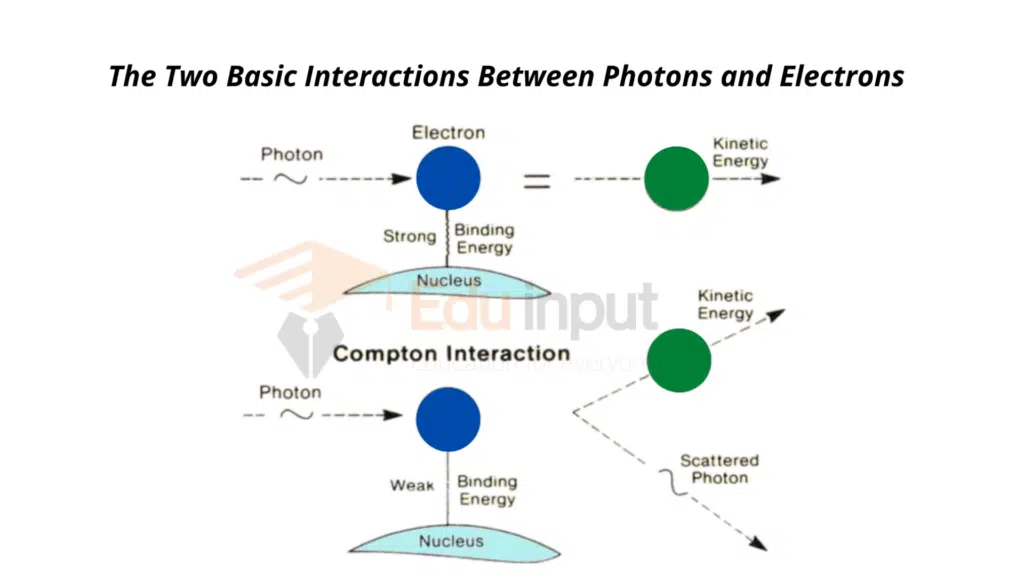
The ionization may be due to direct elastic collisions or through electrostatic attraction. Ionization is the main interaction with matter to detect the particle or to measure its energy.
Interaction of alpha (α) radiation with matter
Since α-particle is about 7000 times more massive than an electron, so does not suffer any appreciable deflection from its straight path, provided it does not approach too closely to the nucleus of the atom.
Thus α -the particle continues producing intense ionization along its straight path till it loses all its energy and comes almost to rest. It, then, captures two electrons from the medium and becomes a neutral helium atom.
Interaction of beta (β) radiation with matter
β-particle also loses energy by producing ionization. However, its ionizing ability is about 100 times less than that of a-particles.
As a result, its range is about 100 times more than α -particles. β -particles are more easily deflected by collisions than heavy α -particles. Thus the path of β -particles in matter is not straight but shows much straggling or scattering.
The range of β -particles is measured by the effective depth of penetration into the medium, not by the length of the erratic path.
The denser the material through which the particle moves, the shorter its range will be. α and β -particles both radiate energy as X-ray photons when they are slowed by the electric field of the charged particles in a solid material.
Interaction of gamma (γ) radiation with matter
Photons of γ -rays, being uncharged, cause very little ionization. Photons are removed from a beam by either scattering or absorption in the medium.
The interaction of radiation with matter in three distinct ways, depending mainly on their energy.
- At low energies (less than about (0.5 MeV), the dominant process that removes photons from a beam is the photoelectric effect.
- At intermediate energies, the dominant process is Compton scattering.
- The dominant process is pair production at higher energies (more than 1.02 MeV).
The intensity of Radiation
In air γ -rays intensity falls off as the inverse square of the distance from the source in much the same manner as light from a lamp. In solids, the intensity decreases exponentially with increasing depth of penetration into the material.
The intensity Io of a beam after passing through a distance x in the medium is reduced to intensity given by the relation
I = Io e-ux
Where µ is the linear absorption coefficient of the medium, the coefficient depends on the energy of the photon as well as on the properties of the medium.
Charged particles α, β, and γ-radiation produce fluorescence or glow on striking some substance like zinc sulfide, sodium iodide, or barium platinocyanide coated charged particles screens.
Fluorescence
Fluorescence is the property of absorbing radiant energy of high frequency and re-emitting energy of low frequency in the visible region of the electromagnetic spectrum.
Neutrons, being neutral particles, are extremely penetrating particles. To be stopped or slowed, a neutron must undergo a direct collision with a nucleus or some other particle that has a mass comparable to that of the neutron.
Materials such as water or plastic, which contain more low-mass nuclei per unit volume, are used to stop neutrons. Neutrons produce a little indirect ionization when they interact with materials containing hydrogen atoms and knock out protons.
Related FAQs
What are the 5 interactions with matter?
Five main interactions can cause attenuation of photons:
(1) coherent scattering.
(2) photoelectric effect.
(3) Compton scattering.
(4) pair production.
(5) photodisintegration.
What is fluorescence?
Fluorescence is the property of absorbing radiant energy of high frequency and re-emitting energy of low frequency in the visible region of the electromagnetic spectrum.
How do we find a range of β -particles?
The range of β -particles is measured by the effective depth of penetration into the medium, not by the length of the erratic path.

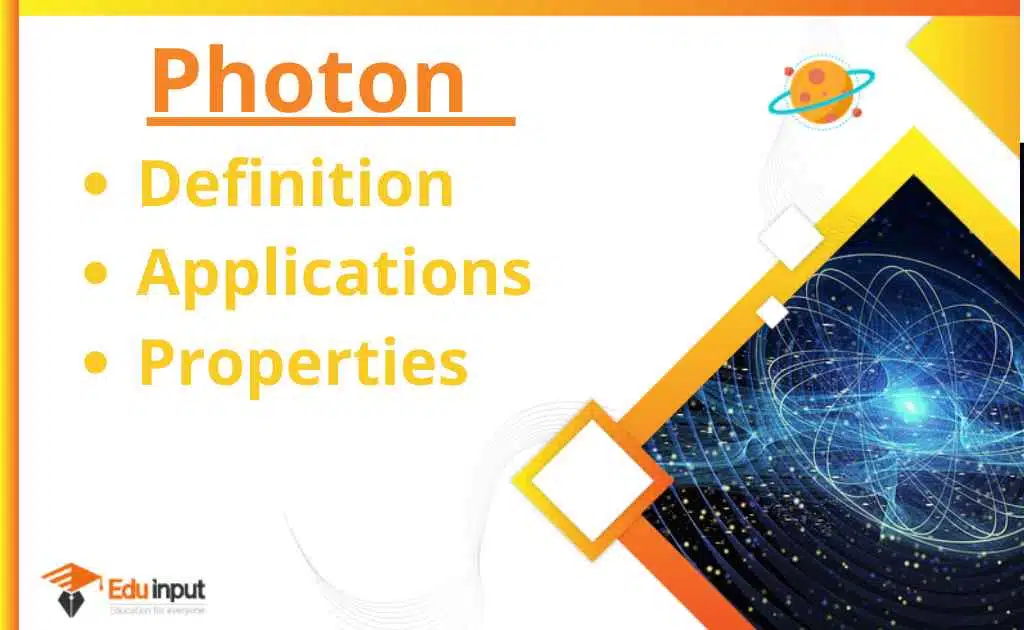
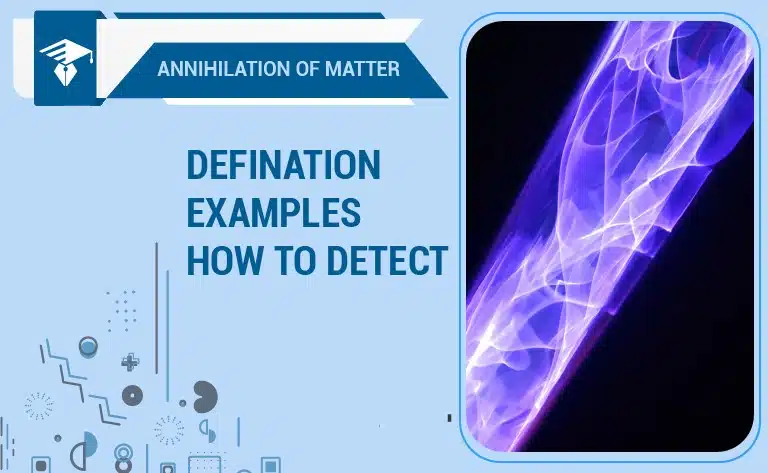
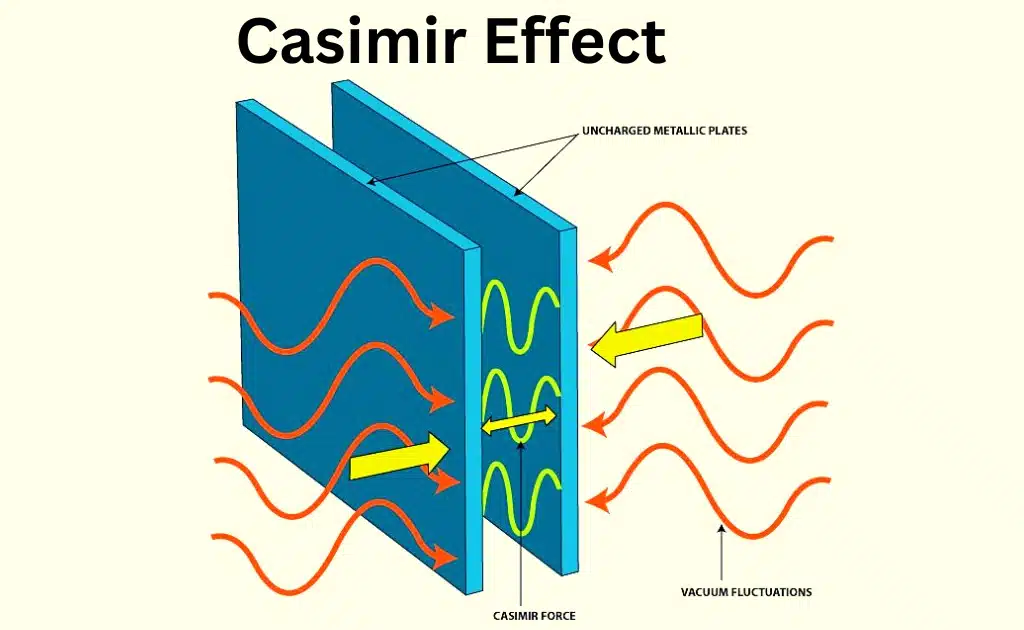
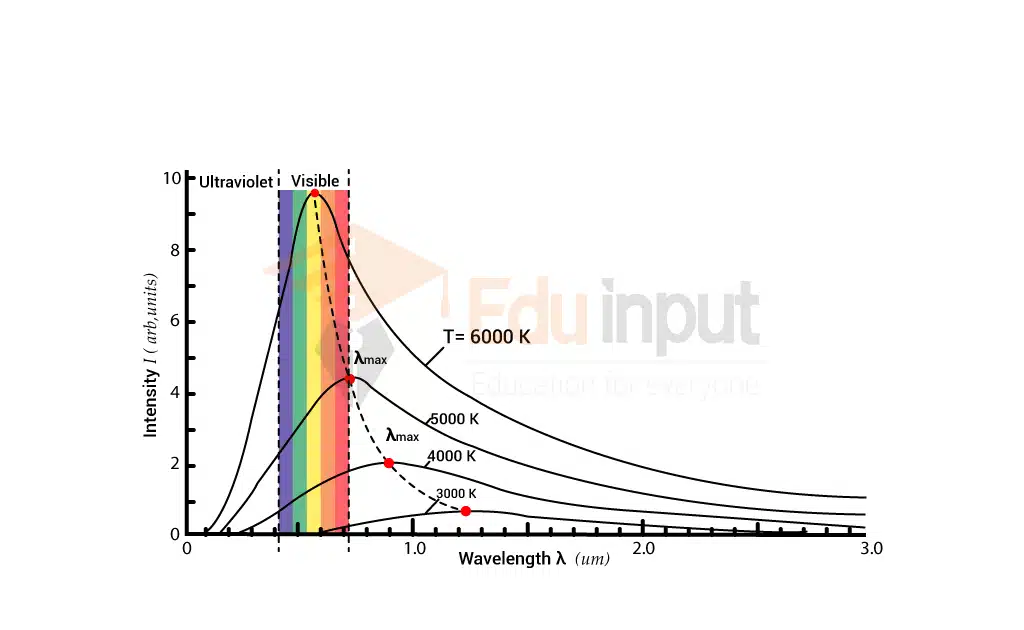


Leave a Reply